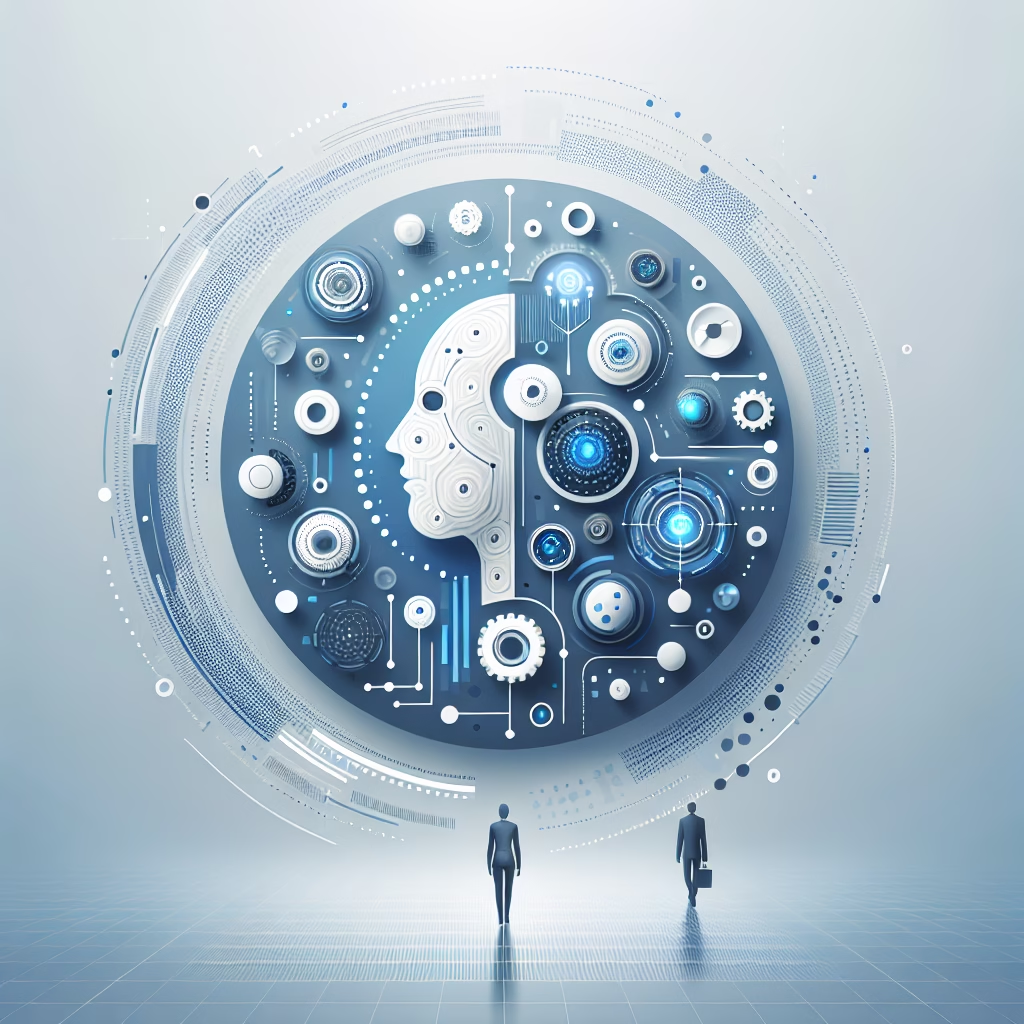OpenAI Launches ChatGPT for Education: New Features and Impact
As educational institutions increasingly look toward technology to enhance learning experiences, OpenAI has taken a significant step by launching ChatGPT for Education. This innovative tool aims to transform educational methodologies, making personalized learning more accessible and engaging than ever before.
Key Takeaways
- ChatGPT offers personalized learning experiences, addressing individual student needs.
- The integration of AI in classrooms enhances engagement and modernizes teaching approaches.
- OpenAI emphasizes responsible AI usage to mitigate challenges like misinformation and data privacy.
Table of Contents
- Introduction
- Executive Summary
- What’s Happening
- Why This Matters
- Real-World Use Cases
- Opportunities and Risks
- Recommended Actions
- Frequently Asked Questions
- Cited Sources
Introduction
In a landscape where education is rapidly evolving, the integration of AI provides both challenges and opportunities for enhancing student learning. OpenAI’s ChatGPT for Education positions itself as a transformative tool that can help educators and students navigate this new terrain effectively.
Executive Summary
OpenAI’s recent announcement about ChatGPT for Education underscores its commitment to leveraging AI to enrich learning experiences. By facilitating personalized learning that adapitates to individual student requirements, ChatGPT aims to revolutionize traditional educational frameworks. Notably, OpenAI advocates for responsible AI implementation in classrooms, addressing potential challenges related to privacy and misinformation while showcasing successful applications of the technology in real-world settings.
What’s Happening
OpenAI’s blog highlights the capabilities of ChatGPT as a valuable resource for students and educators. The tool can assist students by answering questions, providing clear explanations on various topics, and adapting to different learning paces. Furthermore, it encourages interactive classroom experiences, making learning more dynamic and engaging. This move is part of a broader trend in 2025 toward incorporating AI-based solutions in education to enhance both teaching and learning methodologies.
Why This Matters
The significance of incorporating ChatGPT in educational settings lies in its potential to enhance student engagement and personalize learning. As institutions strive to equip students with necessary skills for the future, the risk of misinformation and challenges in data protection remain. Therefore, with the right frameworks in place, educational leaders can harness these innovations to improve learning outcomes while maintaining ethical oversight.
Real-World Use Cases
Several educational institutions are already experimenting with AI in classrooms. For example, teachers are utilizing ChatGPT to create tailored lesson plans that meet various learning preferences within their classrooms. In another instance, students are using AI to explore complex subjects outside traditional textbooks, thereby fostering an environment of curiosity and innovation. These early implementations demonstrate AI’s ability to augment traditional teaching methods effectively.
Opportunities and Risks
The introduction of ChatGPT in education creates numerous opportunities, such as improved student-teacher interactions and innovative assessment methods. However, it is crucial for educational leaders to be vigilant. Risks include potential over-reliance on AI for critical thinking and concerns about data privacy. As such, balanced integration strategies will be essential for maximizing benefits while minimizing drawbacks.
Recommended Actions
- Pilot AI Programs: Educational institutions should implement pilot projects to assess the capabilities of ChatGPT in real classroom settings, collecting feedback to refine the application.
- Professional Development: Invest in training programs for educators to effectively integrate AI tools into their teaching methods while emphasizing ethical considerations.
- Engagement with Stakeholders: Involve students, parents, and educational authorities in discussions about AI adoption to ensure transparency and address concerns.
Frequently Asked Questions
- Q1: Why is this trend important right now?
A: The urgency lies in enhancing education through technology as students face a rapidly changing world that demands adaptability and innovation. - Q2: What’s the impact on businesses or teams?
A: Educational technology solutions can significantly influence workforce development by better preparing students for future careers. - Q3: Who are the leading platforms, tools, or companies involved?
A: OpenAI is at the forefront with ChatGPT, but other tech companies are exploring similar avenues in educational applications.
Cited Sources
- ChatGPT for Education – OpenAI Blog
- OpenAI ChatGPT Education Update – TechCrunch
- OpenAI ChatGPT Education Launch – VentureBeat










